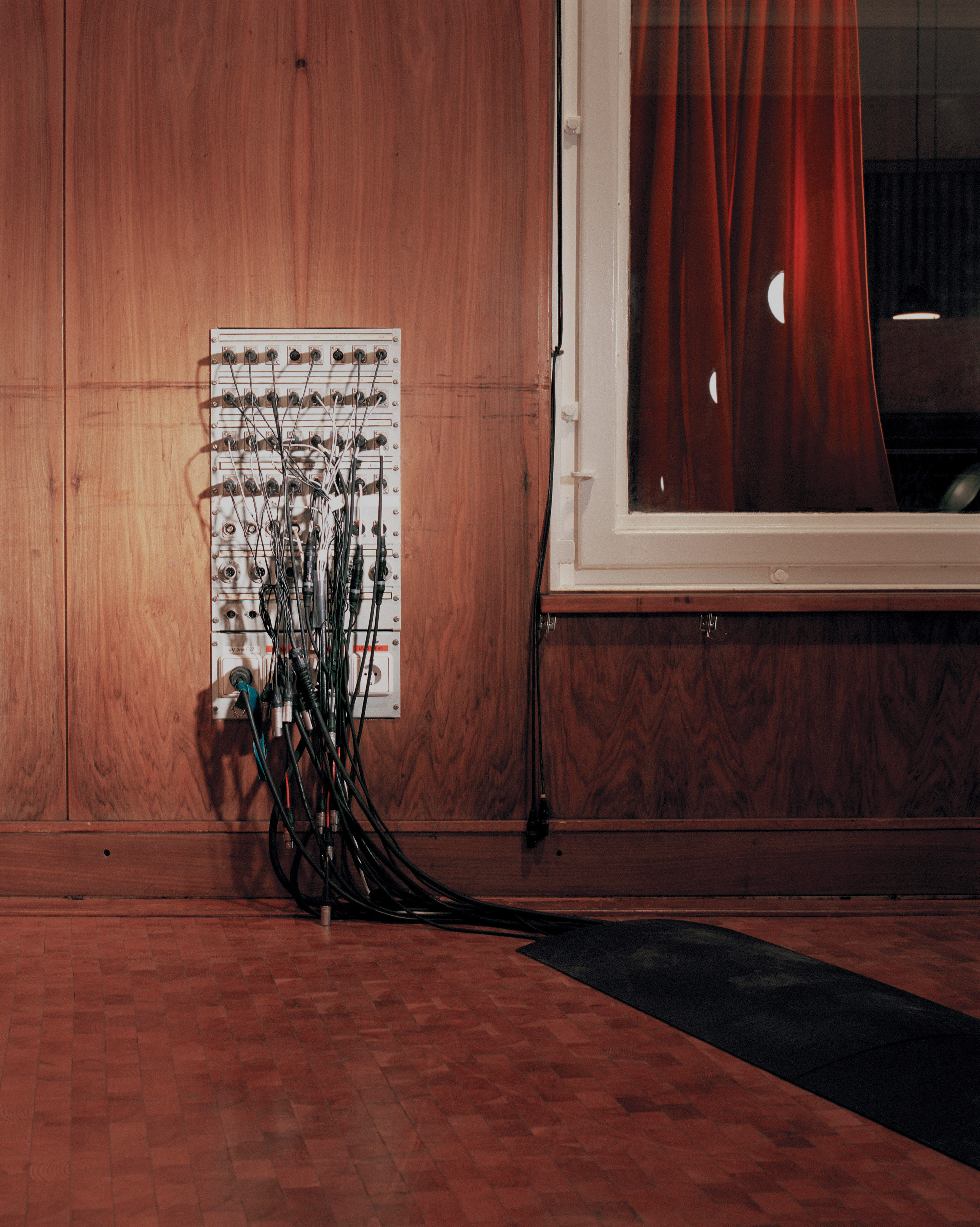During the past few years, many manufacturers have introduced innovations in speaker design that include technology and composite materials developed for the aerospace industry and interesting designs utilizing high-tech 3D printing technologies. Some innovations yield measurable improvements in audio quality, while some tech provides marketing bragging rights with no real improvement in audio quality. Buyers beware.
Canada's ART (Applied Research and Technology) recently debuted its RM5 studio monitor system. The most immediately striking feature of the 2-way RM5 is the diminutive size of the monitors. Housed in an aluminum unibody enclosure, which measures only about 12-inches high, 8-inches wide and a mere 3.5-inches deep, the RM5 packs 300 watts of power along with a full selection of input connections. The monitors include removable stands reminiscent of the Apple iMac's aluminum base, and the speakers may also be mounted via a standard 100 mm VESA mount. The 2-way monitors utilize a 5-inch composite woofer and unique ring radiator tweeter with a center plug waveguide. Extended low frequency response is achieved with dual opposing passive radiators that occupy both sides of the speaker enclosure. Passive radiators, like ports on bass reflex systems, extend the useful bass response of small enclosure and have some advantages over ports – including the ability to provide more bass response in a very small enclosure. The RM5 utilizes passive radiators that take up the entire left and right sides of the enclosure for maximum bass efficiency. Thus, the RM5 is able to achieve a frequency response down to 45 Hz (at -3 dB). Unlike other speakers in the range, the RM5 control systems and amps live in the right speaker and a 4-pin locking cable connects to the left speaker, so that only one speaker needs to be connected to audio and power, keeping cabling neat and tidy.
The RM5s offer a variety of audio inputs, including XLR/TRS combo jacks, a 1/8-inch stereo mini jack, and two Bluetooth inputs (one streaming device at a time). The top of the right speaker has a volume knob, Bluetooth activation button, power switch, plus an onboard DSP-controlled tone controls for Ref. (reference), HI-FI, and Theatre frequency response curves. On its rear panel are switches for Full, 1/2 and 1/4 Space room compensation, plus input connectors for audio, power, and the output connector for the left speaker. Both the supplied AC power cable and 4-pin speaker connector cable are generously long, allowing for easy placement of the monitors.
I initially set up the RM5 speakers in my living room, which is about 16 feet wide by 20 feet long, with a 12-foot ceiling. The speakers surprised me with how much sound, especially bass, that they put out. Their power is rated at 300 watts (program), but I didn't expect this much sound from these two compact speakers. Even in this relatively large space, I could easily play music at a level that was too loud for casual listening. Each woofer is powered by its own 125-watt amp, while each tweeter has its own 25-watt amp. This much power, along with the passive radiators, provides a rich and full low end response with only a 5-inch woofer. The high frequency is detailed and smooth, with nice imaging and a very wide sweet spot. The three tone settings adjust the frequency response from flat (Ref.), boosted lows and mids (Theatre), or boosted lows and highs (HI-FI). I found the flat mode provided ample and accurate sounding bass, while the other modes felt overhyped for music, but may work well for movies or gaming. Overall, I would call these monitors smooth, full, and warm, but not in an inaccurate or exaggerated way. I could hear the high frequency details and distinguish subtle pans that I knew existed in my reference songs, and I could clearly distinguish bass tones – probably down to about 35 Hz.
After a few days of enjoying the RM5 system in my living room, mostly via Bluetooth streaming, I packed up the speakers and brought them to my studio. I placed them on my monitor bridge, flanking my computer monitor, closer in than my main monitors (vintage Tannoy Little Gold Monitors with subs) so that I could listen to some mixes and compare them to the mains. Since the RM5s have their own volume control, it took me a few minutes to calibrate my monitor controller output level versus the speaker volume to match my main system. Once I was level matched, I listened to some of my favorite tracks for exposing speaker personalities. On Brian McKnight's "Anytime" I could hear (and feel) the 808 below the kick drum, and the piano (correctly) sounded wider than the speakers. Brian's voice was bright and sizzly, but not harsh or sibilant (thanks in large part to mixer "Bassy" Bob Brockman!). More modern EDM tracks had clarity and punch, and the reverbs and vocal effects were clear – even as the speakers maintained their laid-back personality. For listening to music both at home and in a nearfield studio setting, I found the reference mode to be the most accurate and natural frequency balance, but in a large or more dead home theater room, the other modes may be worth exploring.
The RM5 makes a well-balanced and compact studio monitor system that rivals most others in the sub $1000 price range and would be a killer monitor system for a video editor or sound designer with limited desk space. The RM5 would also be a fantastic home stereo speaker system for music, multimedia, and games. When you add in the Bluetooth and other inputs, VESA mounting system, and ultra-wide frequency response, there may not be any other competition for this monitor in its price range.




_disp_horizontal_bw.jpg)